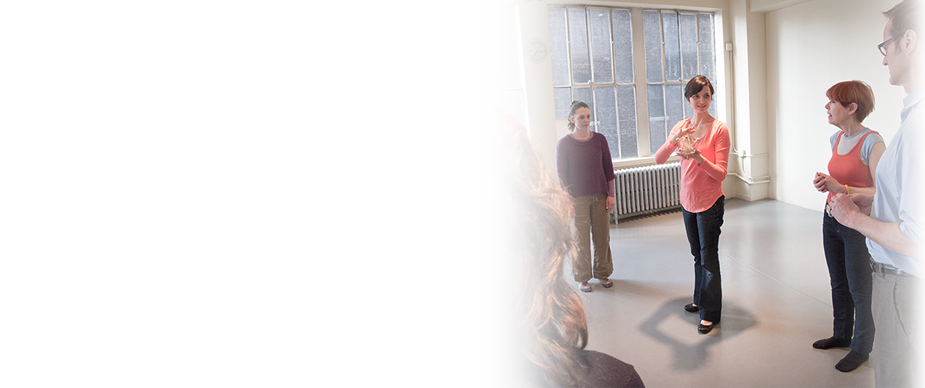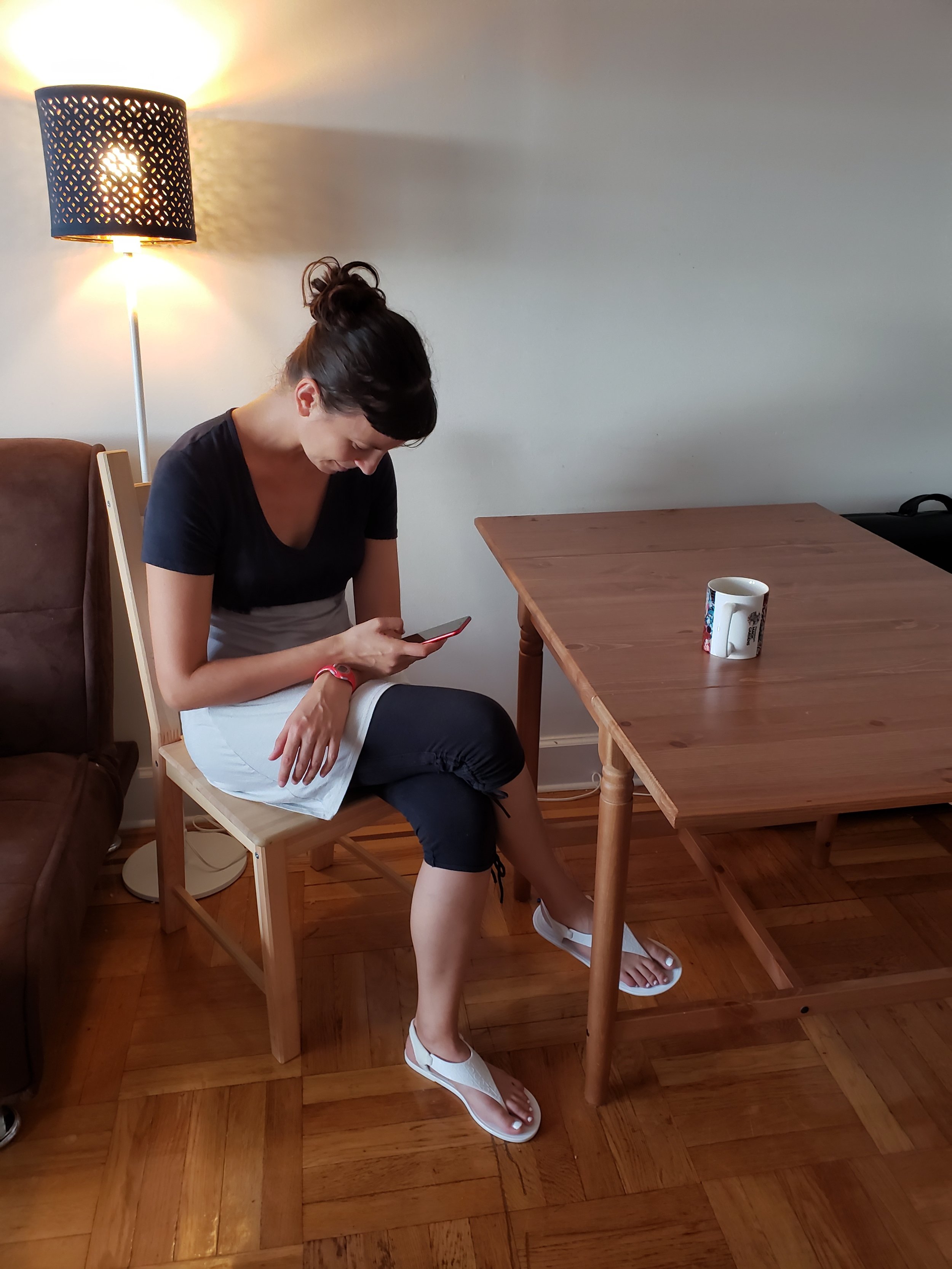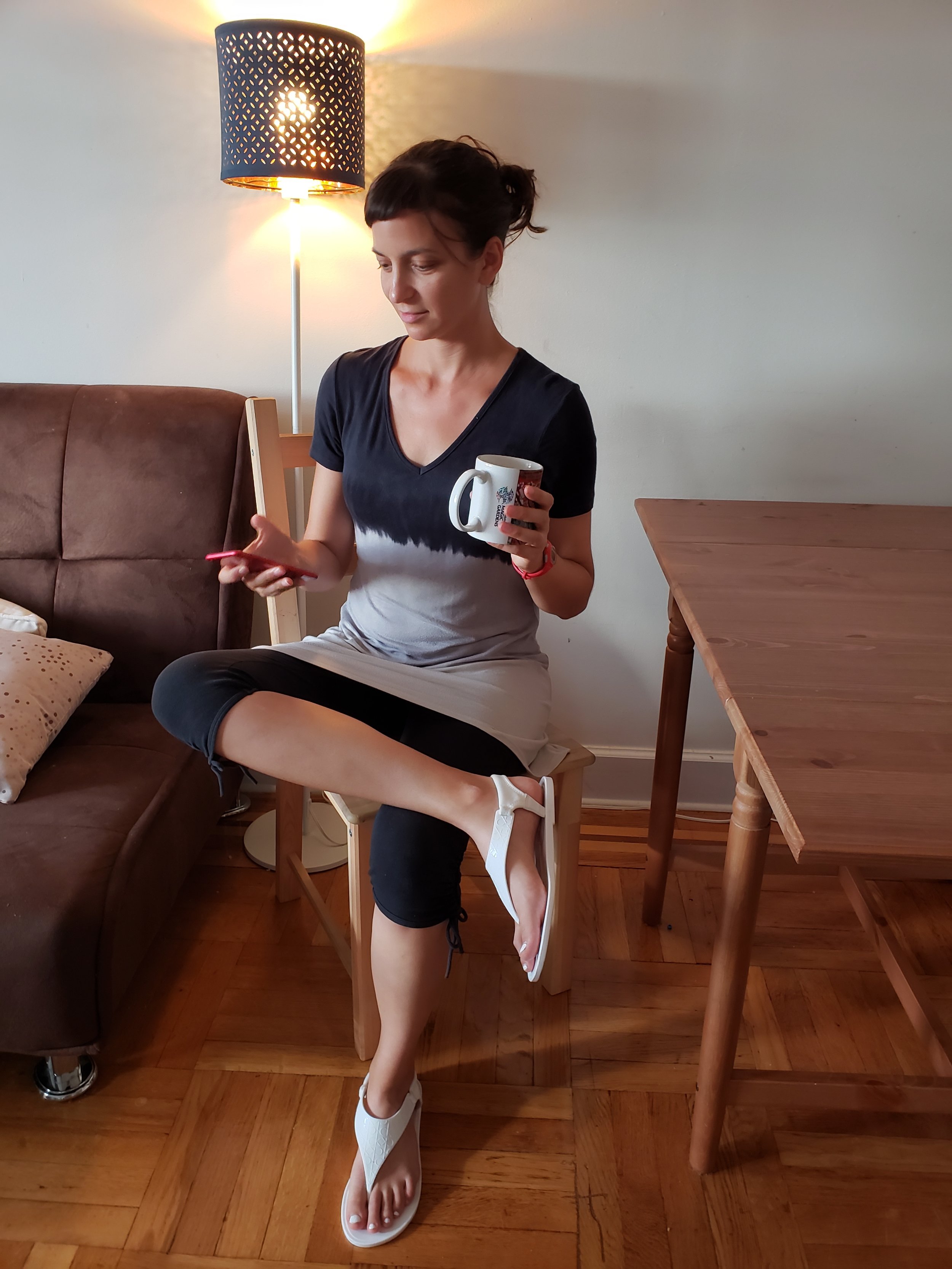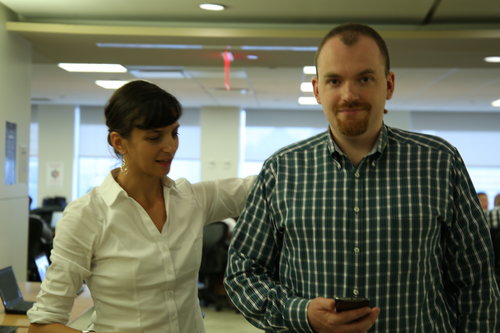8 Steps to Improving Your Posture When You're Communicating
/When you communicate, are you aware of your posture?
I just offered a class on communication in Tokyo, Japan this week! We explored habits of posture, movement and breathing and how they affect our interactions and we saw that when each participant improved these things, their communication with their audience or the person they were interacting with improved. They came across more effectively. Keep reading to find out what we worked on.
How can you start fixing your posture during a meeting, presentation, or social conversation? That probably sounds difficult and distracting and like it takes a lot of effort...and it is if you think of it as "fixing your posture"...so let's look at this topic from another angle...
Start with simply noticing. Mindfulness is a popular word these days and all it means is noticing. So don't try to fix your posture while your having a conversation. Don't try to hold yourself in the "right" way. You'll probably end up feeling stiff, tired, and maybe distracted.
Instead try noticing the following the next time you are conversing with someone or a group of people. Noticing what's already happening is the first step toward change. If you try to change without noticing first, you won't know what you're changing.
Ask yourself these 8 questions to begin your practice of becoming more mindful of your posture, movement, and breathing while you're interacting.
Mindfulness check-in for communication:
1. Were you aware of your body at all?
2. If you were, what were you most aware of?
3. Were you trying to hold your body in a particular way? If so, why?
4. What were you thinking? (For example, were you worried about what the other person/people thought of you?)
5. Were you aware of your feet on the ground or of feeling like they weren't on the ground?
6. Did breathing feel easy or did you easily become out of breath?
7. Were you aware of your movements?
8. Were you aware of your environment?
Answer these questions for different situations. Here are some examples:
Speaking with a close friend
Speaking with a co-worker
Speaking with a person you just met
Interacting socially with a group
Participating in a meeting
Giving a talk/presentation
Teaching a class
If the first time you do this, you're answer to question 1, "Were you aware of your body at all?" is "No", don't give up. Think of what you are noticing as information and you don't have to judge it. Simply by noticing that you weren't aware of your body at all might help you become aware of it in some way another time, even if it's a small way.
I’m offering a new workshop called Posture Under Pressure, a course on communication in a variety of contexts, not specifically public speaking. We will look at how each participant wants to work on their communication in life and work, both verbal and non-verbal, whether you address 1000 people at a time or 1 person at a time. Click here to find out more.
































